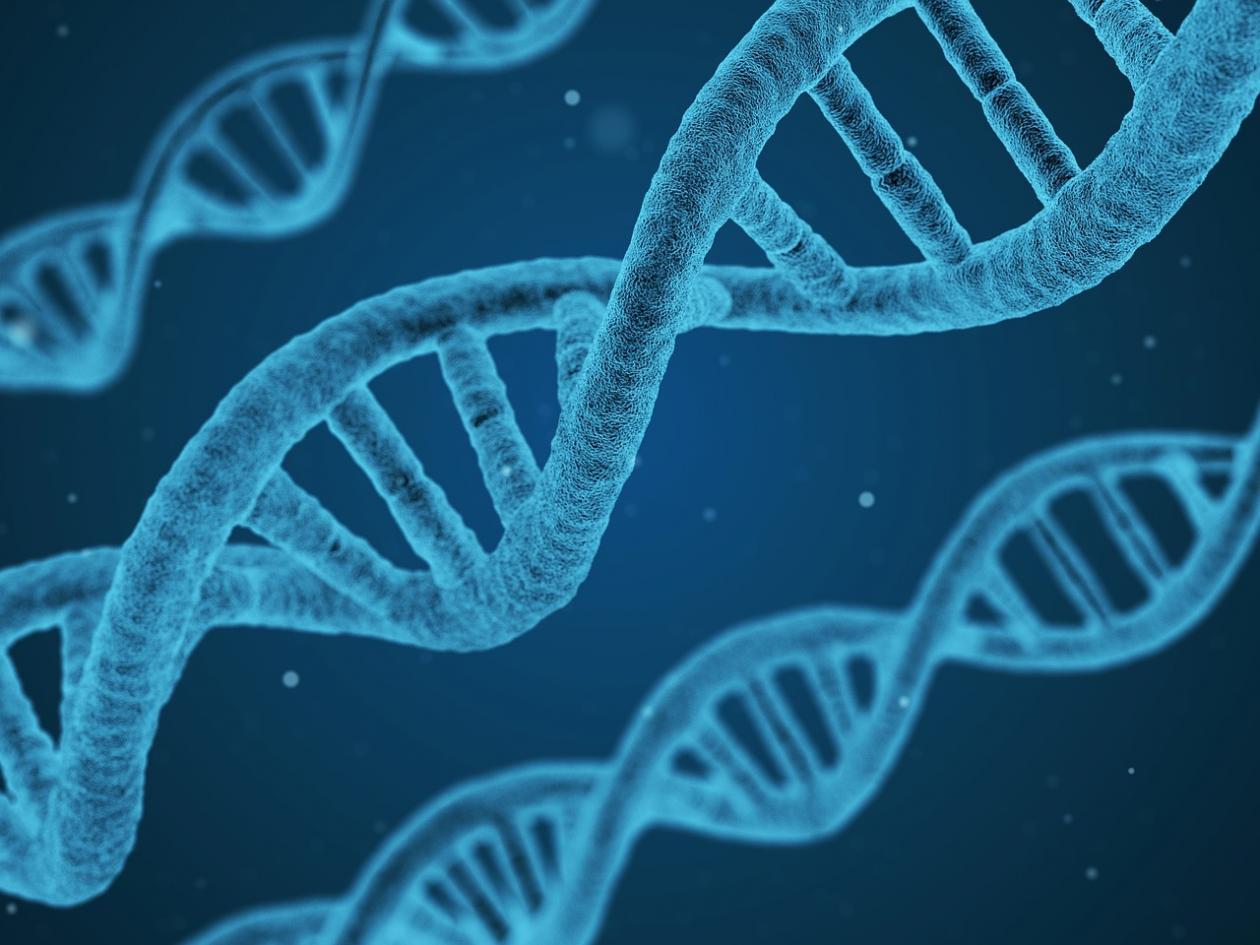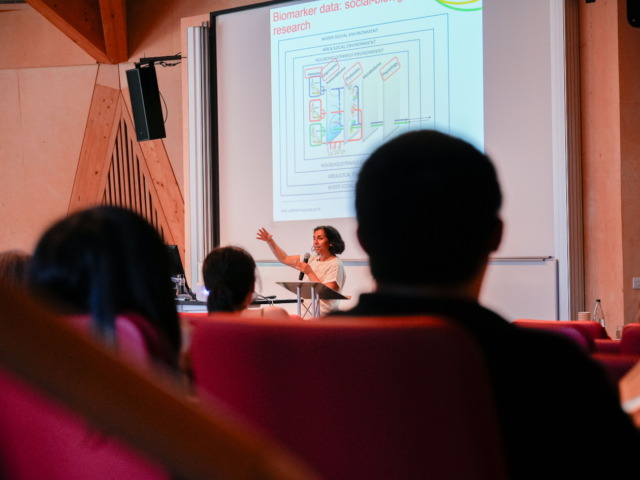Rare neurodevelopmental conditions affect less than 1% of people around the world, affecting the growth and development of the brain in childhood. In about 40% of patients, we can identify a single gene which is responsible, but less is known about the causes of the remaining 60%. I’m part of a team at the Wellcome Sanger Institute – with collaborators across the UK and US – working on a project to find out whether and how other types of genetic variation (beyond large-effect single mutations) might contribute.
Monogenic v. polygenic
Genomic sequencing has revolutionised our ability to diagnose rare neurodevelopmental conditions, which can lead to learning difficulties and other conditions such as small head size or seizures. Although many cases have a monogenic diagnosis, common gene variants also contribute to the risk of having these rare conditions.
In 2018, for example, we published research which showed that serious rare disorders can be affected by combinations of common genetic variants, rather than solely by individual rare variants that damage single genes.
Before this, it was thought that common genetic variants only contribute to common disorders, such as diabetes or heart disease, and that rare disorders were caused solely by highly damaging mutations in single genes.
The 2018 paper looked at the genomes of nearly 7,000 children in the Sanger Institute’s Deciphering Developmental Disorders study and compared them with healthy control individuals from Understanding Society.
New study, further insight
The more recent study used two large sets of data on people with rare neurodevelopmental conditions:
- the Deciphering Developmental Disorders (DDD) study of nearly 14,000 children with severe undiagnosed developmental disorders, and their parents, recruited from all 24 regional genetics services around the UK and Ireland
- the Genomics England 100,000 Genomes project (GEL), which sequenced 100,000 genomes from around 85,000 NHS patients affected by rare disease or cancer.
We examined 7,955 patients with neurodevelopmental conditions from DDD, and 3,618 from GEL, and used 9,270 records from Understanding Society as one of our control groups. Overall, we had a combined data set of over 40,000 people in the UK.
Findings
This large-scale genetic analysis shows that those with neurodevelopmental conditions, but no genetic diagnosis, have a higher number of common DNA differences associated with reduced cognitive ability and later-onset brain conditions than those with a genetic diagnosis.
Although their overall role is small, these common genetic differences can overlap with those that are more likely to be found in people affected by later-onset conditions, such as depression and schizophrenia, helping our understanding of the interplay between genetics and mental health.
Surprisingly, we found that DNA differences linked to cognitive test scores and education do not directly affect a child’s chance of developing a neurodevelopmental condition, although they are associated (correlated) with it. Rather, our results indicated that these common genetic differences in parents may affect the chance of their child developing a neurodevelopmental condition, even if the child does not inherit those genetic differences directly. However, our results have alternative explanations involving various confounders, which need further investigation.
Liability threshold
The findings support a ‘liability threshold model’ where different types of DNA differences, both rare and common, as well as environmental factors, collectively contribute to the risk of developing neurodevelopmental conditions.
Diagram shows that a rare DNA change with a large effect can mean that a patient passes the threshold for diagnosis, and that 2-3 rare DNA changes with moderate effects can combine together, or with common DNA changes with a slight effect, to pass the threshold. It also shows that 1-2 rare changes with a moderate effect, combined with several common changes with small effects, may not pass the threshold for diagnosis.
We estimate that common DNA differences together account for about 10% of why some people develop a neurodevelopmental condition but others don’t. Overall, multiple common DNA differences only have a small effect on the chance of developing a rare neurodevelopmental condition and cannot be used to accurately predict who might be affected.
We need to see more research in order to fully understand all of this, but the research has brought us closer to explaining why some people have a rare neurodevelopmental brain condition even where there isn’t a single genetic cause.
Working with patients and families
This research wouldn’t be possible without the families’ participation and engagement. Some of the issues explored in the research are sensitive and can be difficult for families, so before we published our results, we asked for feedback from parents whose children have neurodevelopmental conditions. This helped us to write about the findings in a way that considered their experiences, and we hope to do more collaboration like this in the future.
What we’ve learnt
Ultimately, this study is a sign of how large-scale genetic research can give us new insights. It brings us closer to understanding how different genetic and environmental factors may work together to cause neurodevelopmental conditions. While we found that common DNA differences only play a small role, this study gives a more informed view of how different types of DNA differences work together to cause these conditions. It’s important to understand the cause of these conditions in all patients, not only those with a clear-cut single-gene diagnosis.
In the longer term, these findings may help families and doctors to better understand, diagnose, and manage these conditions, which will improve children’s outcomes. Research in this area may also help to predict the chance of parents having another affected child.
Authors

Hilary Martin
Dr Hilary Martin is Group Leader, Medical and Population Genomics, at the Wellcome Sanger Institute





